WSU Master of Engineering Project: Full-Duplex Communications in 5G
VerifiedAdded on 2023/03/29
|7
|462
|151
Report
AI Summary
This report examines full-duplex (FD) communications in 5G mobile systems, contrasting it with half-duplex (HD) and simplex modes. It highlights the advantages of FD, such as increased data transmission rates and collision avoidance, while also addressing challenges like self-interference, link reliability degradation, and higher packet loss rates. The report discusses implementation issues, including hybrid HD/FD relaying, optimal relay selection, and power allocation. The conclusion emphasizes the potential of in-band full-duplex (IBFD) to solve 5G challenges, but also acknowledges the increased structural requirements on full-duplex radio handsets. The report is based on research and analysis of existing literature, providing a comprehensive overview of the topic. The report also discusses the advantages of FD, such as increased data transmission rates and collision avoidance, while also addressing challenges like self-interference, link reliability degradation, and higher packet loss rates.
1 out of 7
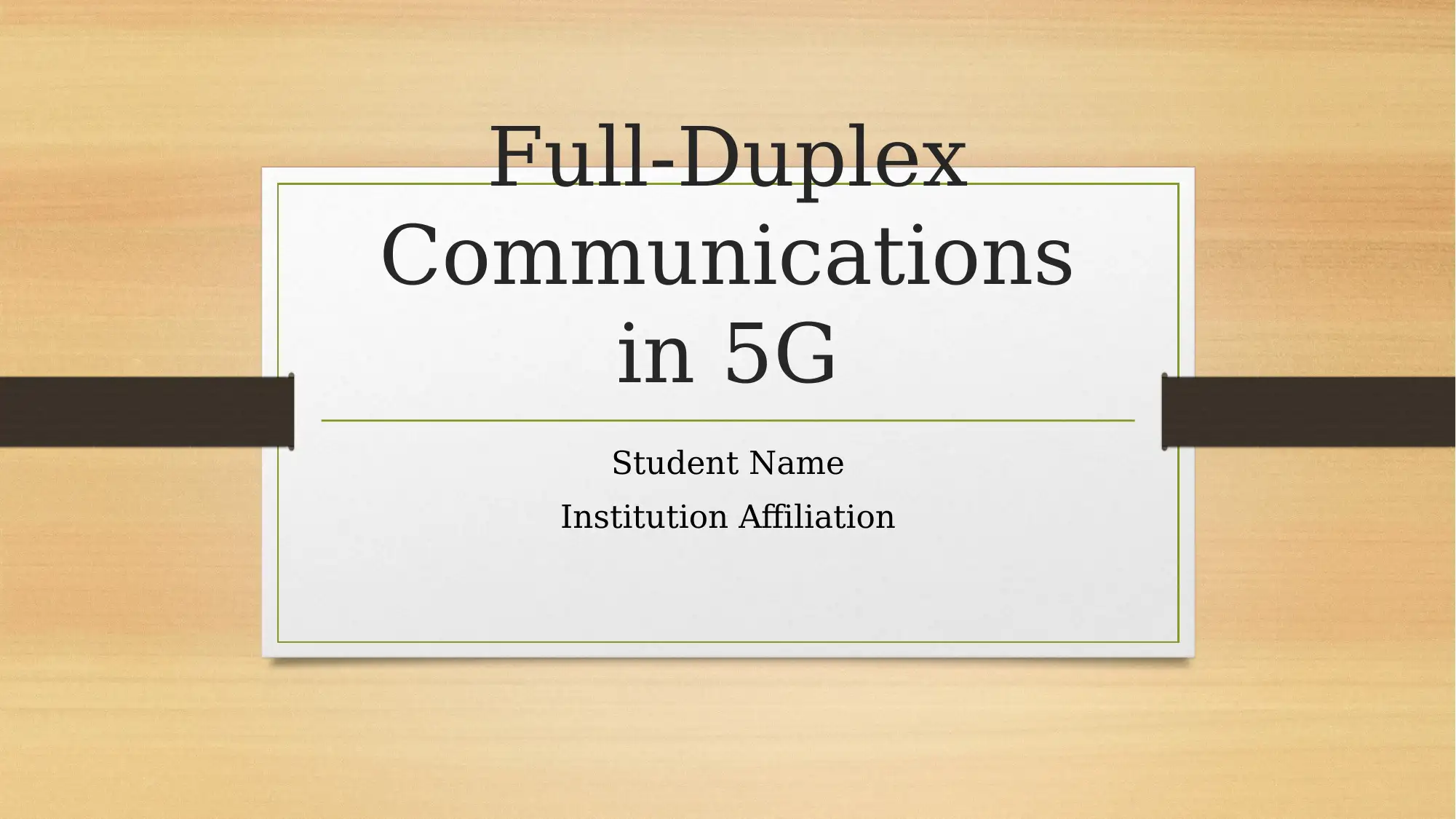
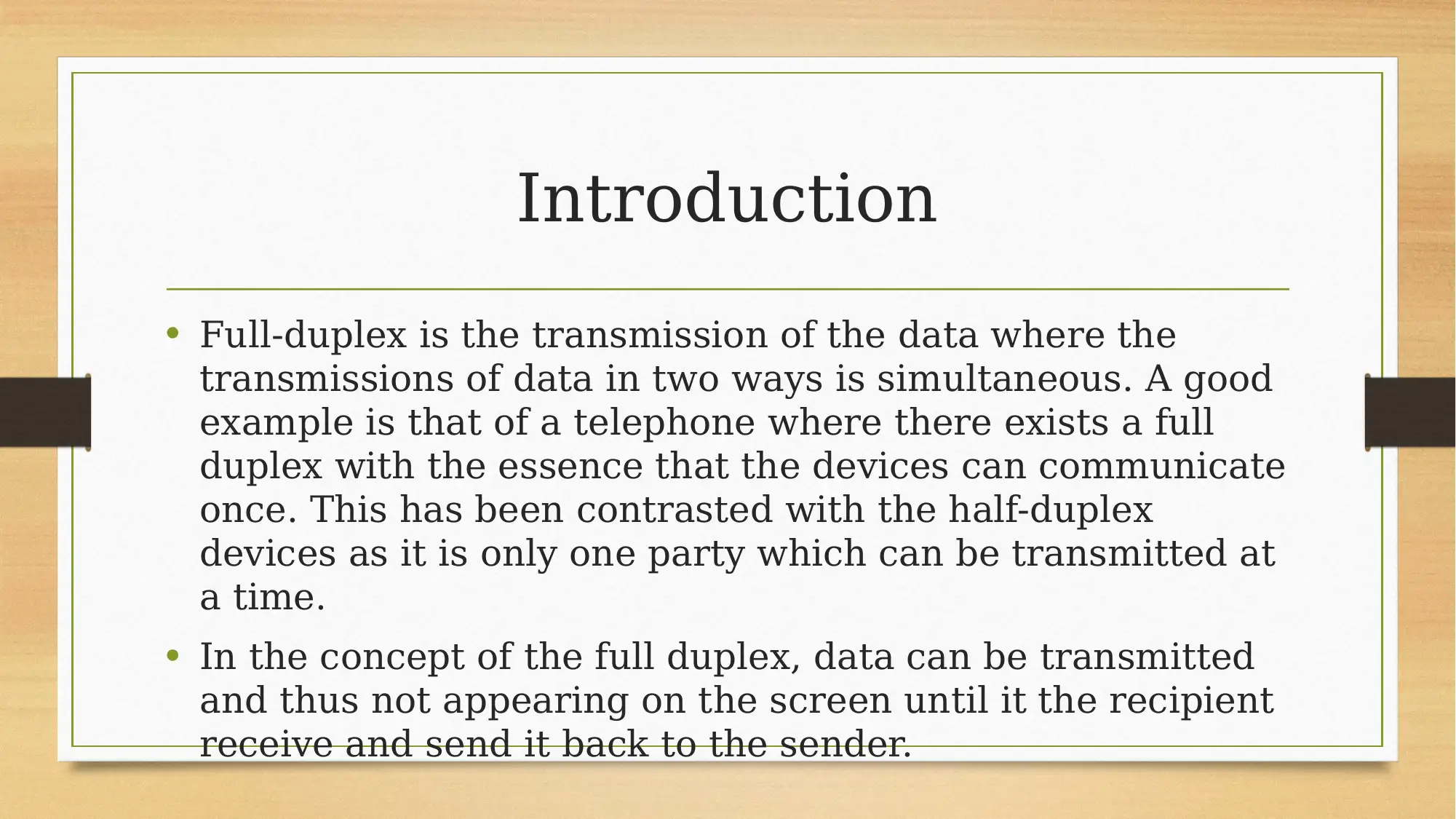
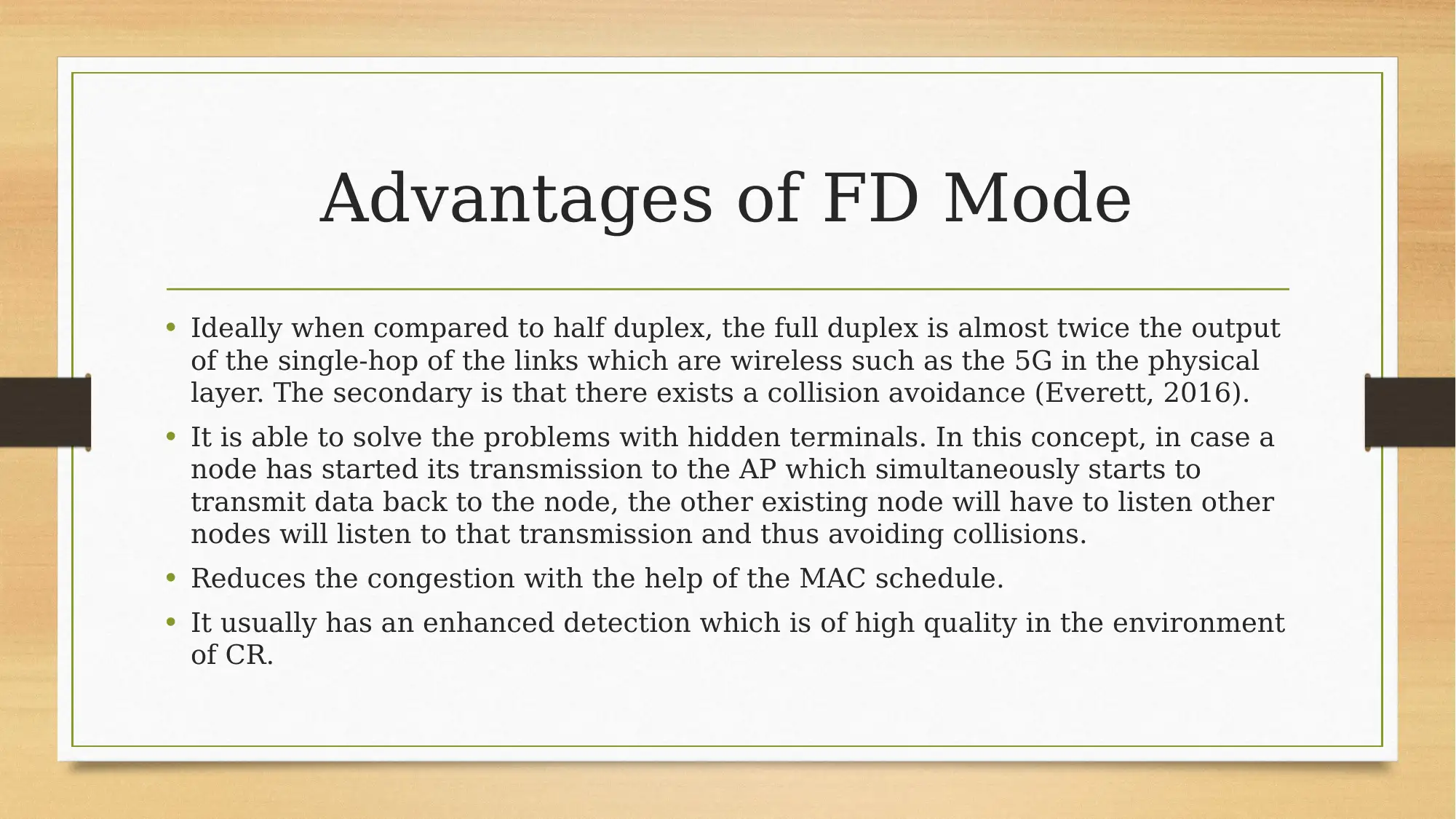

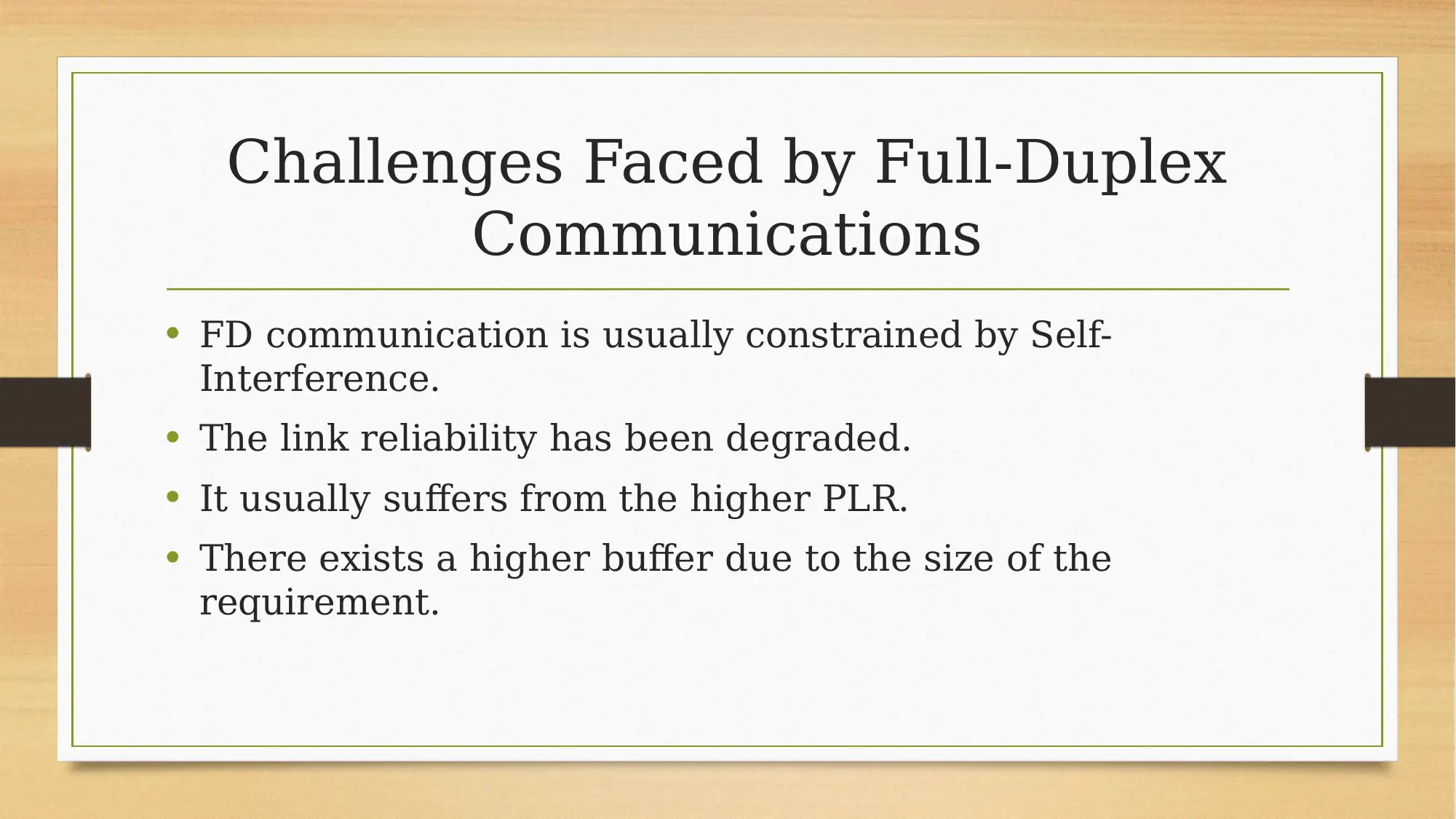
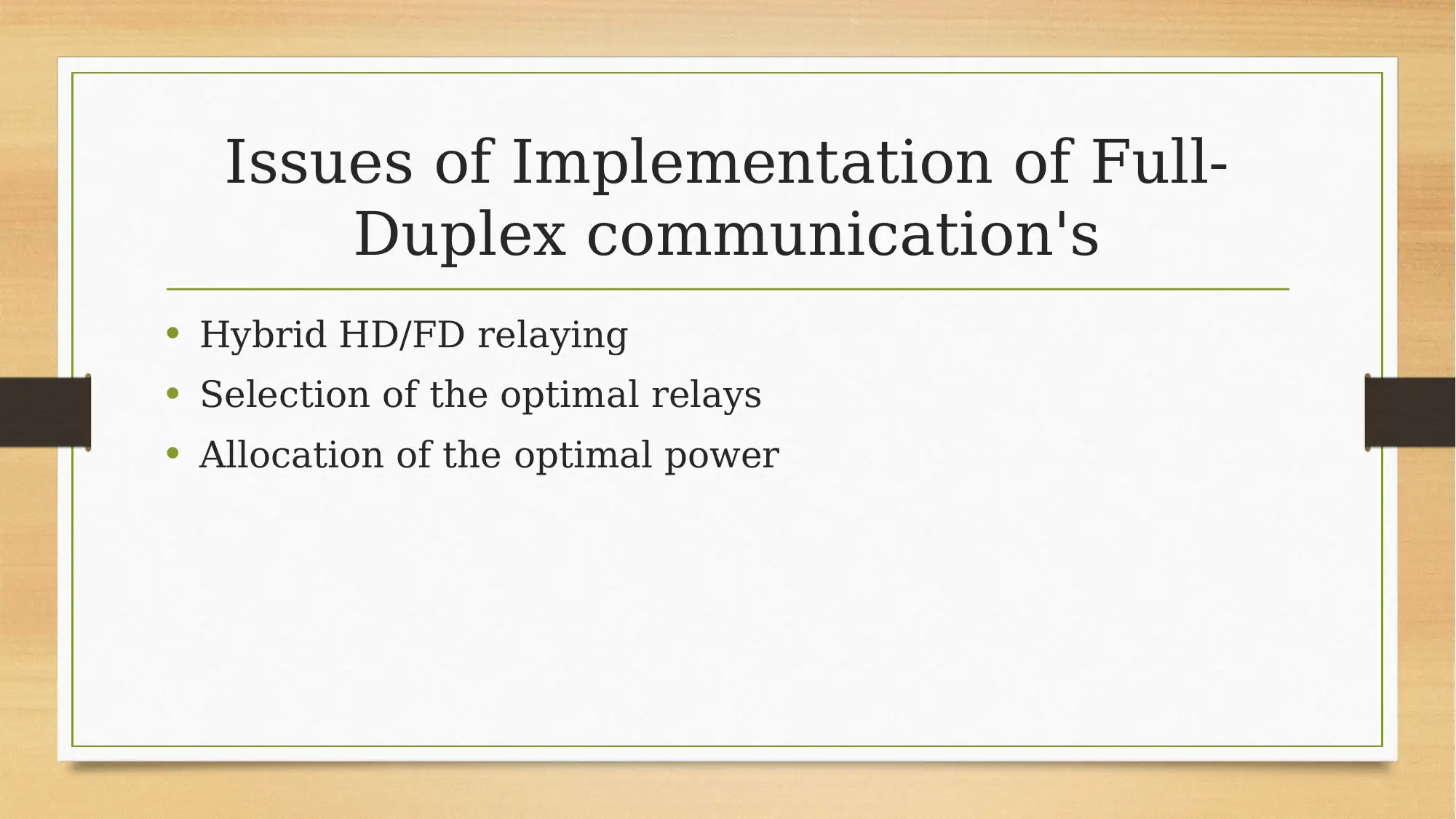
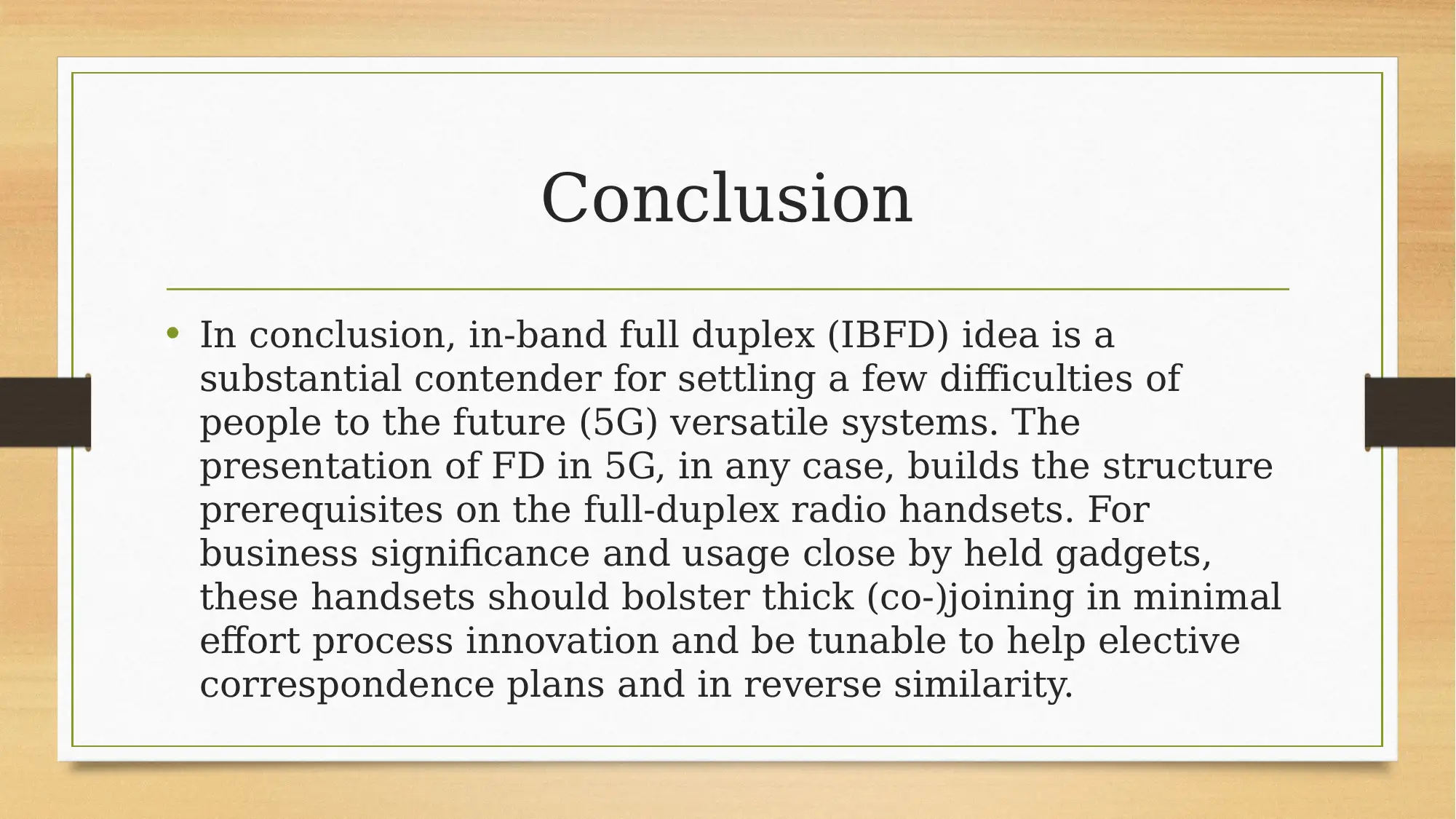
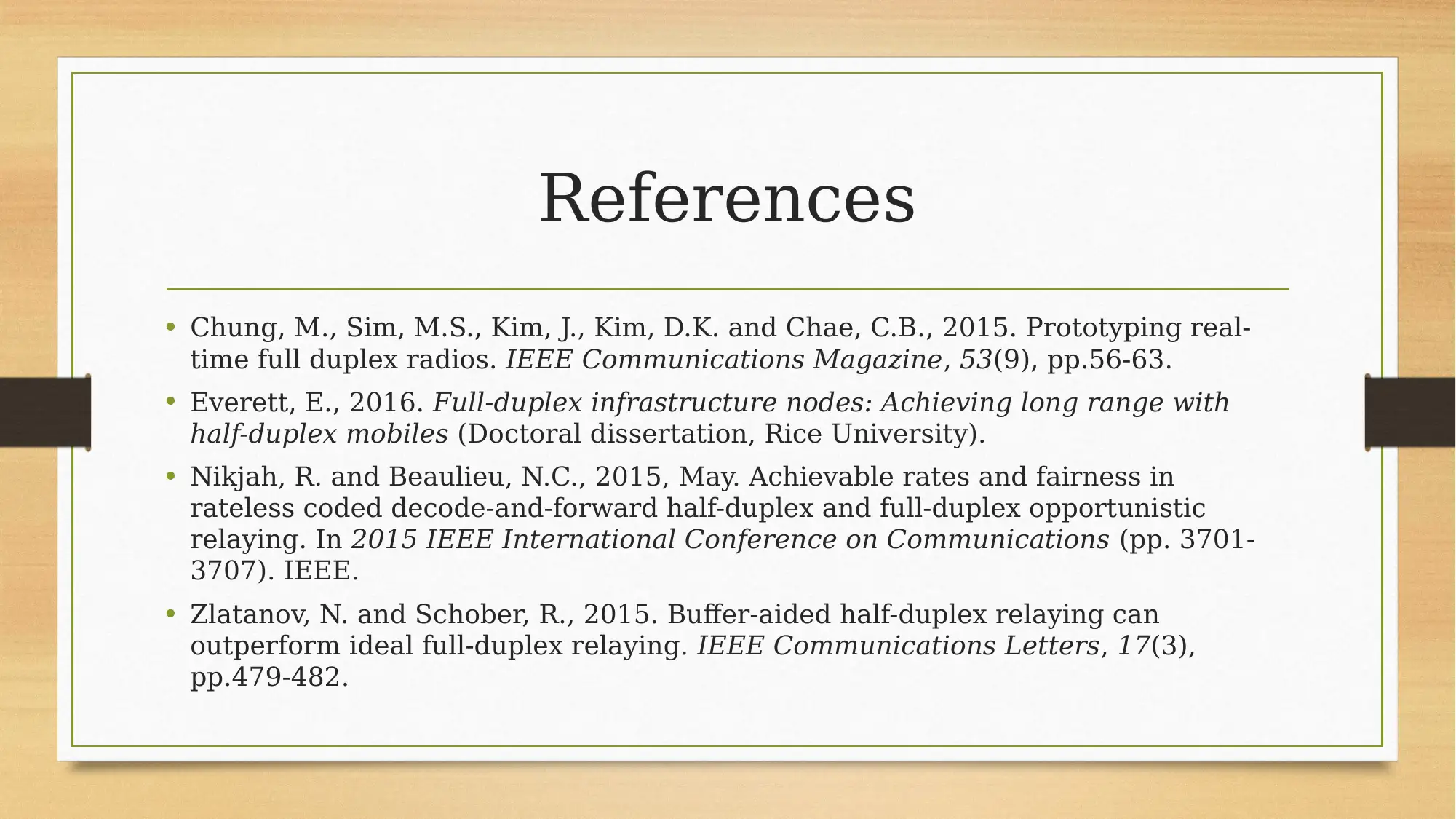






![[object Object]](/_next/static/media/star-bottom.7253800d.svg)